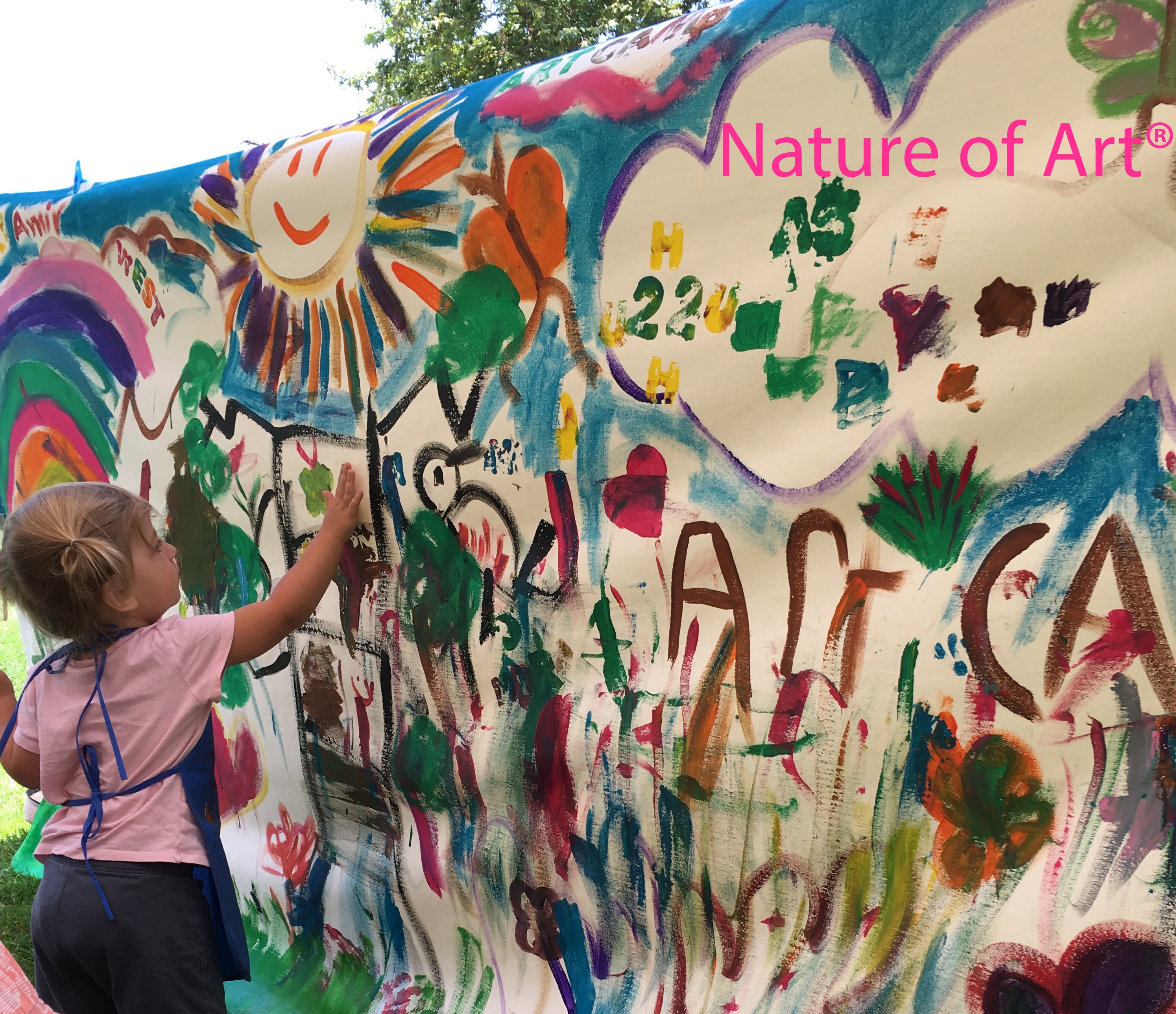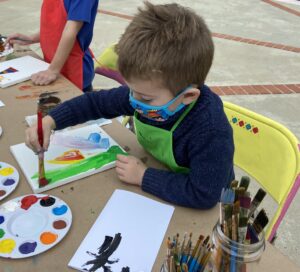
In my book “Nurturing Children in The Visual Arts Naturally,” I recount a humorous anecdote. About the day my five-year-old son excitedly showed me his peculiar doodles. It has taken me two decades to grasp the developmental stages children undergo in learning to draw and paint. My challenge as both a professional artist and art teacher when faced with critiquing my own children’s artwork. In essence, after exploring different approaches, I discovered the value of offering encouragement. And support rather than delving into complex artistic terminology or lessons prematurely. So I’m happy to introduce my 8 strategies for supporting kids art doodles or paintings when they bring them to you!
Art Milestones
I’ve taught numerous children how to paint and draw, and it boils down to simple steps kids must go through to develop their artistic skills. Drawing and doodling is a natural ability that improves as children grow. It involves three key actions I refer to as the “3 Component skill parts. Cognitive brain, visual eye perception, and fine-motor development.
To simplify, it’s like how a child learns to ride a bike. Just as they learn to balance, strengthen their muscles to stay upright, and understand the joy of biking, drawing follows a similar pattern of growth and learning.
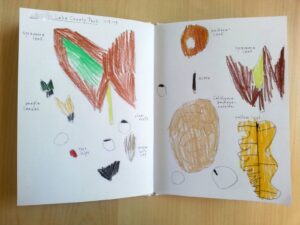
Like Riding A Bike
Learning to Draw and Paint: A Natural Process
Just as we guide kids when they learn to ride a bike—supporting them with phrases like “pedal,” “balance your bike,” and “look ahead”—children embarking on drawing and painting journeys follow a similar path of growth. Like the support we offer as they tackle biking challenges, nurturing words play a vital role in fostering doodling and painting skills.
By gently nurturing these milestones, children progress towards creating recognizable doodles as they mature. Kids naturally refine their doodling and drawing abilities over time, gaining understanding of lines and shapes that enhance their artwork. Not every child gravitates towards expressing themselves with a pencil; some embrace it, while others may not.
For new parents and young educators, knowing how to respond when children excitedly present unconventional doodles can be daunting. Despite online advice suggesting art critique-like conversations, it’s unnecessary. It’s not beneficial until their teenage years, especially if they consider careers in visual arts.
Rest assured, refraining from using art jargon to describe their paintings won’t hinder their creativity. Trust me! As a guide, I’d like to share 8 supportive strategies to navigate this common childhood phase effectively. Here are my 8 strategies.
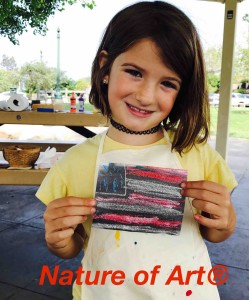
8 Art strategies
1. Listen – Listen first, try not to be so quick in asking what it is or why they created it. Listening can help children talk or describe their works. By listening you wont bring focus to their artistic skill sets, and be given insights to their thought process.
2. Don’t Analyze Artworks – Try NOT to analyze children’s artworks like an art critic, using art language to soon may feel negative to the child.
3. Except Art Play – Mostly at young ages, a child’s artworks are usually experimental and led by curious ideas or simple art play. Doodle play goes on through childhood, through multiple drawings, even sometimes through hundreds of doodles, have patience!
If you’re ready for training on utilizing the elements and principles of design, I offer books on the subject. Feel free to explore this video training or delve into my art guide book here.
4. Respond Positivity – If your child ask what you think, tell them you find it interesting and ask them to tell you more about their drawings so you can share more of your positive feelings about their artwork.
5. Ask Positive Questions – When a child shows interest and wants to talk about their skill sets, than encourage them by finding a strong point in their artwork. Here’s an example: your child tells you they drew their dog, complement the drawing like this” I like the details you gave your dog”. You can ask them if the drawing is from their imagination, or from looking at their dog or a picture of their dog. If they are old enough this will help them understand the different ways artist can draw. After the age of 9 years would I start talking this way.
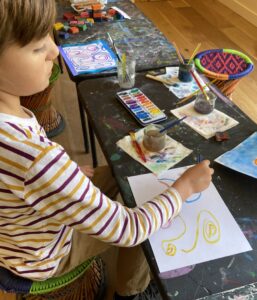
6. Give Positive Body Reassurance – Give support to your child when they don’t know what to say about their own work, with a smile. You can say something positive like “I like this painting, do you want to share with me what you created?”. If they don’t respond to you or can’t describe their artworks, reassure them with a smile of approval.
7. Showcase Artworks for Support – If the child has explained their artworks to you, ask if they if they want to showcase it around the house or classroom, or maybe even give it way to someone special. If your child has made multiple doodles, ask them to pick their favorite one to showcase. It makes it easier for you to not pick the wrong one, plus keeps less paper clutter around.
8. Provide Art Supplies for Support – As a supporter, you should offer more art supplies to experiment with, like papers or different types of drawing supplies. Crayons, color pencils, markers or something special you might have around. If you are in the position to take a request for something new to buy them, then do so to support their drawing interest.
Order my art teaching books HERE!
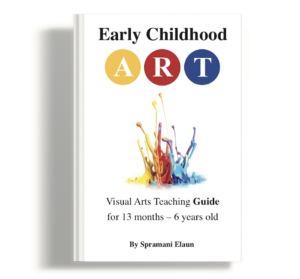
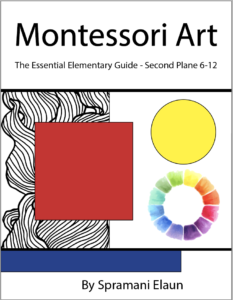
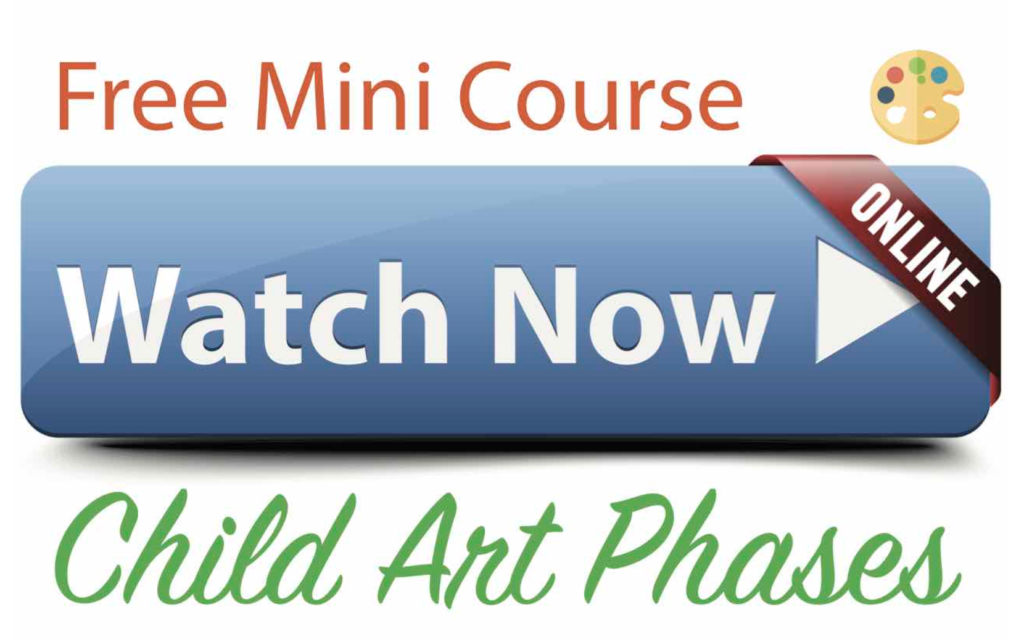
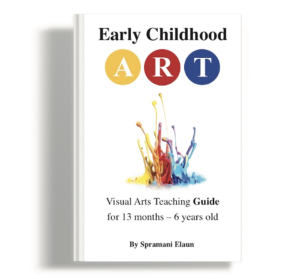
All rights reserved © 2025, Nature of Art®

No part of this blog may be used or be reproduced in any manner whatsoever including reproducing, publishing, performing, and making any adaptions of the work – including translation into another foreign language without written permission except in the case of brief quotations embodied in critical articles and reviews. Nature of Art® Publishing P.O. Box 443 Solana Beach, California 92075.
